How to Pack Your Kayak for a Multi-Day Fishing Trip
Embarking on a multi-day fishing adventure by kayak offers unparalleled access to remote waters and a truly immersive outdoor experience. However, the success of your journey heavily depends on thoughtful packing and organization. Unlike car camping, kayak space is severely limited, requiring strategic planning to accommodate fishing gear, camping equipment, and safety essentials without compromising stability on the water.
This comprehensive guide will walk you through the process of efficiently packing your kayak for extended fishing trips, ensuring you have everything needed while maintaining proper weight distribution and accessibility. Whether you’re a seasoned kayak angler or planning your first overnight expedition, these techniques will help you maximize limited space while keeping essential items protected and readily available.
Assess Your Storage Capacity
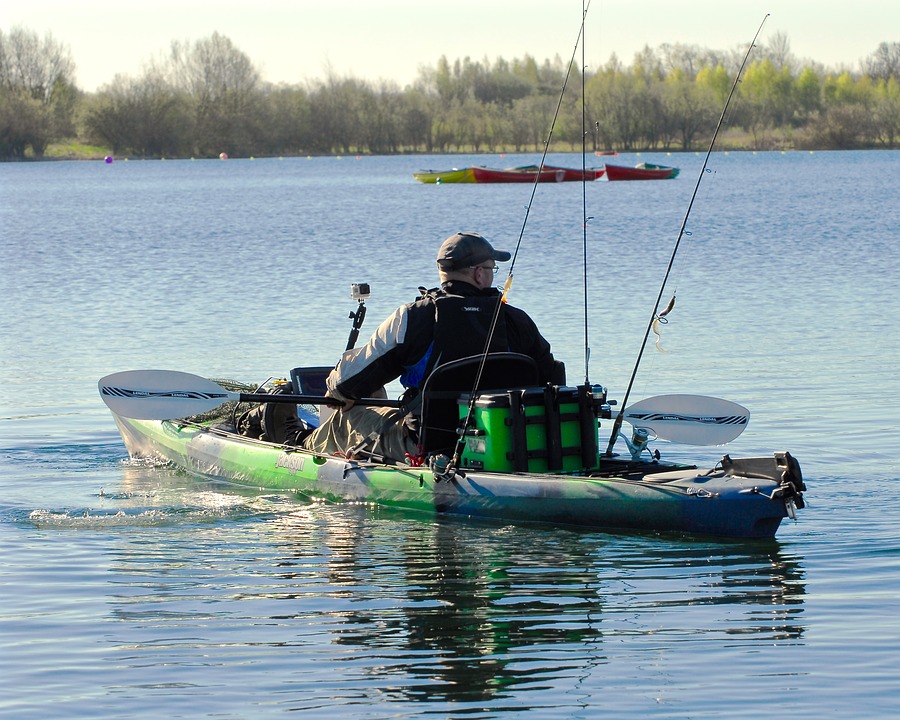
Before gathering any gear, take time to thoroughly evaluate your kayak’s storage capabilities, as different models offer varying capacities and compartment configurations. Fishing kayaks typically feature bow and stern hatches, tankwells, and sometimes center console storage areas that each have specific weight and volume limitations.
Measure your compartments’ dimensions and make note of maximum weight recommendations to avoid overloading, which can compromise your kayak’s stability and handling characteristics. Additionally, identify areas where aftermarket accessories like deck bags or rail-mounted storage pods could expand your carrying capacity if needed. Understanding these parameters early in your planning process creates a framework for making informed decisions about what to bring and where to store different items.
Create a Comprehensive Gear List

Developing a detailed inventory of necessary equipment is crucial for successful trip planning and helps prevent both overpacking and forgetting essential items. Start by categorizing your gear into functional groups: fishing equipment, camping gear, food and water, clothing, navigation tools, and safety essentials. Within each category, distinguish between absolute necessities and comfort items, prioritizing multi-purpose gear that serves multiple functions.
Consider factors like trip duration, weather forecasts, remoteness of your destination, and fishing targets when finalizing your selections. Review and refine this list based on previous experiences, gradually optimizing your packing system with each successive trip to eliminate redundancies and unnecessary weight.
Prioritize Waterproofing Strategies
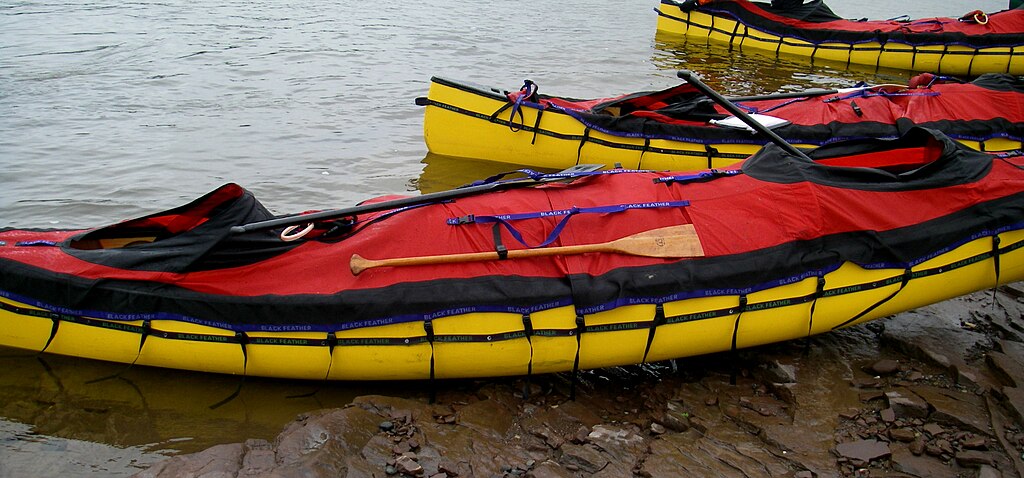
Water exposure presents an ever-present threat to gear integrity during kayak trips, making comprehensive waterproofing essential for protecting sensitive equipment. Invest in high-quality dry bags of various sizes rather than relying on standard backpacks or duffel bags that quickly saturate in wet conditions. Electronic devices, documents, and fire-starting materials should receive multiple layers of protection, such as waterproof cases sealed within dry bags.
Consider using transparent dry bags for frequently accessed items to easily identify contents without unpacking. Clothing and sleeping gear benefit from compression dry sacks that not only protect against moisture but also significantly reduce volume, maximizing storage efficiency. Remember that even “waterproof” kayak hatches can admit water during rough conditions or prolonged exposure, so never rely solely on hull compartments for moisture protection.
Master Weight Distribution Principles
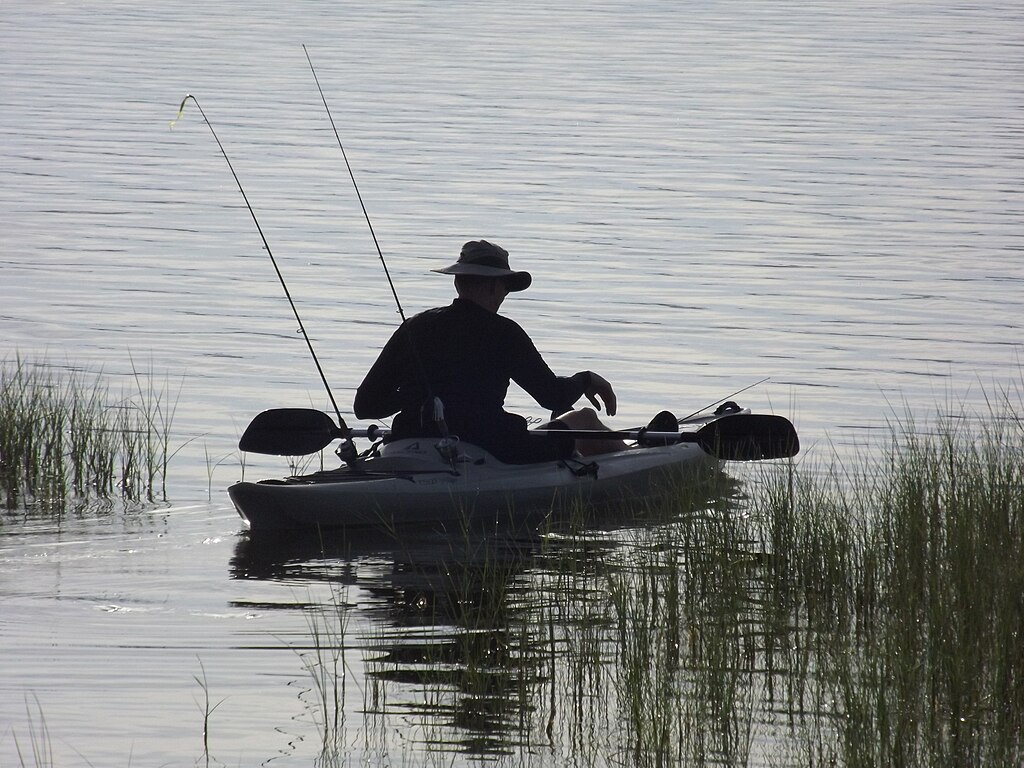
Proper weight distribution significantly impacts your kayak’s stability, tracking, and maneuverability, making it a critical consideration for safe travel. Position the heaviest items low and centered in your kayak, as close to your seat as practical, to maintain a balanced center of gravity. Distribute weight evenly between bow and stern to keep your kayak level in the water, preventing either end from riding too high or too low, which creates inefficient paddling conditions.
Pack hatches fully to prevent items from shifting during travel, using smaller gear pieces to fill voids around larger equipment. Test your loaded kayak in calm water before departing, making adjustments if you notice listing, tracking issues, or handling difficulties that could become problematic in challenging conditions. Remember that weight distribution might need adjustment throughout your trip as consumables like food and water are depleted.
Organize for Accessibility

Strategic organization prevents frustrating mid-trip searches for buried equipment by ensuring frequently needed items remain easily accessible. Store essential fishing gear—tackle boxes, pliers, fish grips, and backup lures—in cockpit areas within arm’s reach, utilizing deck pockets, center console trays, or seat-back organizers. Position navigation tools, snacks, sun protection, and water bottles in immediately accessible locations that don’t require opening hatches or unsecuring dry bags. Items needed only at camp, such as tents, cooking equipment, and extra clothing, can be packed deeper in hatches or stern compartments.
Consider developing a consistent packing system where specific gear always occupies the same location, building muscle memory for efficient retrieval even in challenging conditions. Color-coded dry bags or labeled containers further enhance organization by creating visual references for different gear categories.
Specialized Fishing Gear Considerations
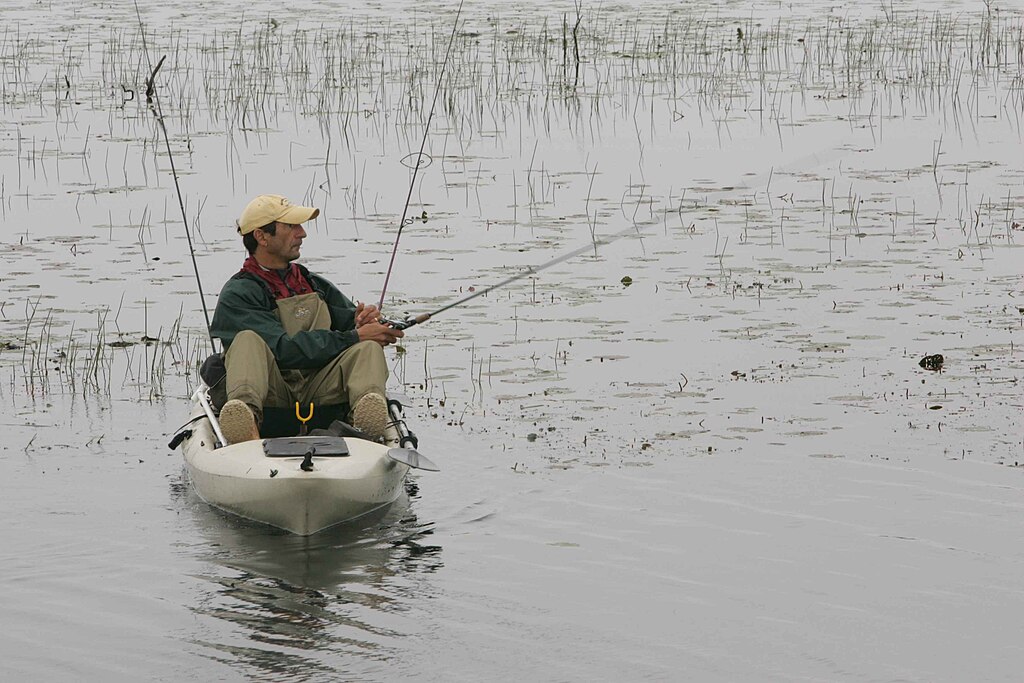
Fishing equipment requires special attention when packing to ensure functionality, accessibility, and protection throughout your journey. Break down rods into sections when possible and use protective tubes to prevent damage during transport, securing them to the deck with dedicated rod holders or bungee systems. Consider bringing versatile, collapsible rods that save space while still meeting your fishing needs. Consolidate tackle into waterproof boxes organized by fishing scenario rather than carrying your entire collection, focusing on proven performers appropriate for target species.
Ensure critical tools like pliers, fish grips, measuring devices, and knives are secured with lanyards to prevent loss overboard while remaining within easy reach. For extended trips, include basic maintenance supplies such as spare line, extra hooks, lure repair components, and tool lubricant to address equipment issues that might arise in remote locations.
Food and Water Planning

Effective management of consumables balances nutritional needs against weight and space constraints, requiring thoughtful preparation. Calculate your daily water requirements based on your activity level, temperature, and cooking needs, which typically range from 2 to 4 liters per person per day. Plan accordingly with water containers or filtration systems suitable for your destination. Repackage commercial food products to eliminate excess packaging, using vacuum-sealed bags to reduce volume and extend freshness.
Focus on calorie-dense, lightweight options such as dehydrated meals, energy bars, nuts, and jerky that provide substantial nutrition relative to their carried weight. Organize meals into daily rations stored in labeled containers to simplify meal preparation and ensure food supplies last the planned duration. Remember to account for emergency reserves in case weather or other circumstances extend your trip beyond its anticipated length.
Camping Equipment Selection

Camping gear for kayak trips demands careful selection emphasizing compactness, lightweight design, and weather appropriateness. Invest in quality, packable equipment specifically designed for backcountry use, such as ultralight tents, compact sleeping pads, and compression-compatible sleeping bags rated appropriately for your destination’s climate conditions. Consider multi-purpose items whenever possible—a pot that serves as both cooking vessel and eating bowl, or a tarp that functions as both rain shelter and ground cloth.
Evaluate whether traditional camping luxuries are worth their weight and volume penalties, potentially substituting inflatable pillows for stuff-sack pillows or lightweight camp chairs for sit-pads. Allocate appropriate space for cooking equipment, ensuring stoves and fuel containers are properly secured in accordance with safety requirements, preferably separated from food supplies to prevent contamination in case of leakage.
Safety Equipment Essentials
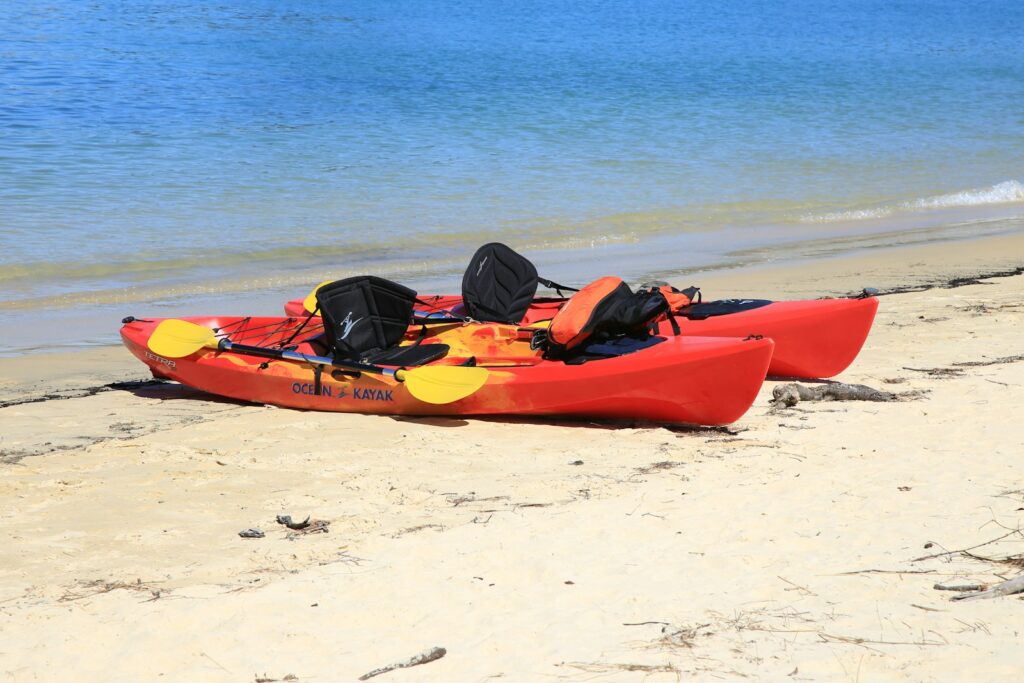
Safety gear represents non-negotiable cargo that must be accommodated regardless of space limitations, as it protects against both common and emergency scenarios. Always wear an appropriate personal flotation device (PFD) with attached whistle, knife, and compact emergency signaling devices for immediate accessibility. Pack a comprehensive first aid kit tailored to your group size, trip duration, and the specific environments you’ll traverse, including prescription medications and treatments for likely injuries.
Navigation tools including maps, compass, and GPS devices (with backup batteries) should be stored in waterproof containers that remain accessible during paddling. Include emergency communication equipment appropriate to your destination, such as VHF marine radios for coastal journeys, personal locator beacons for remote areas, or satellite messengers where cell coverage is unreliable. Fire-starting materials, emergency shelters, and repair kits for both kayaks and essential equipment round out the safety inventory that enables self-sufficiency during unexpected situations.
Clothing and Personal Items
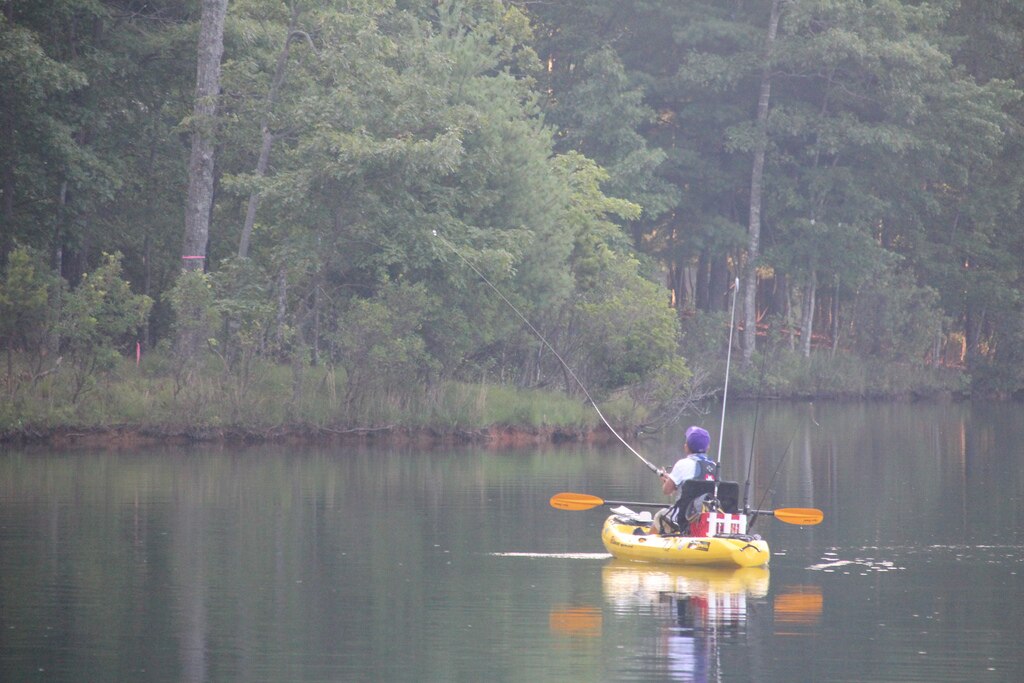
Clothing selection demands ruthless efficiency, balancing protection against expected conditions while minimizing volume and weight. Pack versatile, quick-drying, synthetic or wool garments that maintain insulating properties when damp, avoiding cotton which becomes dangerously cold when wet. Layer systems provide adaptability to changing conditions while maximizing the utility of each carried item. Consider including dedicated paddling attire that protects against spray and sun exposure, separate camp clothing that remains dry for evenings, and appropriate sleepwear for comfortable rest.
Personal hygiene supplies should be minimal but adequate, including biodegradable soap, quick-dry towels, dental care items, and any necessary medications. Pack clothing in compression dry bags organized by category (base layers, insulation, outerwear) or by outfit combinations to simplify selection while maximizing space efficiency.
Test Loading Before Departure

Conducting a comprehensive practice packing session well before your departure date prevents last-minute challenges and identifies potential issues. Gather all intended equipment and systematically load your kayak according to your planned organization scheme, noting items that don’t fit as expected or create unanticipated difficulties. Evaluate whether your packed kayak maintains appropriate stability and handling characteristics by performing a controlled water test in safe conditions, making note of any performance changes compared to your unloaded vessel.
Practice retrieving frequently needed items to confirm your accessibility strategy works as intended under realistic conditions. This rehearsal provides opportunity to refine your packing approach, potentially eliminating unnecessary items or identifying needed additions before committing to remote waters. Consider taking photos of your optimized packing configuration for future reference, creating a visual guide for consistent replication on subsequent trips.
Daily Repacking Strategies
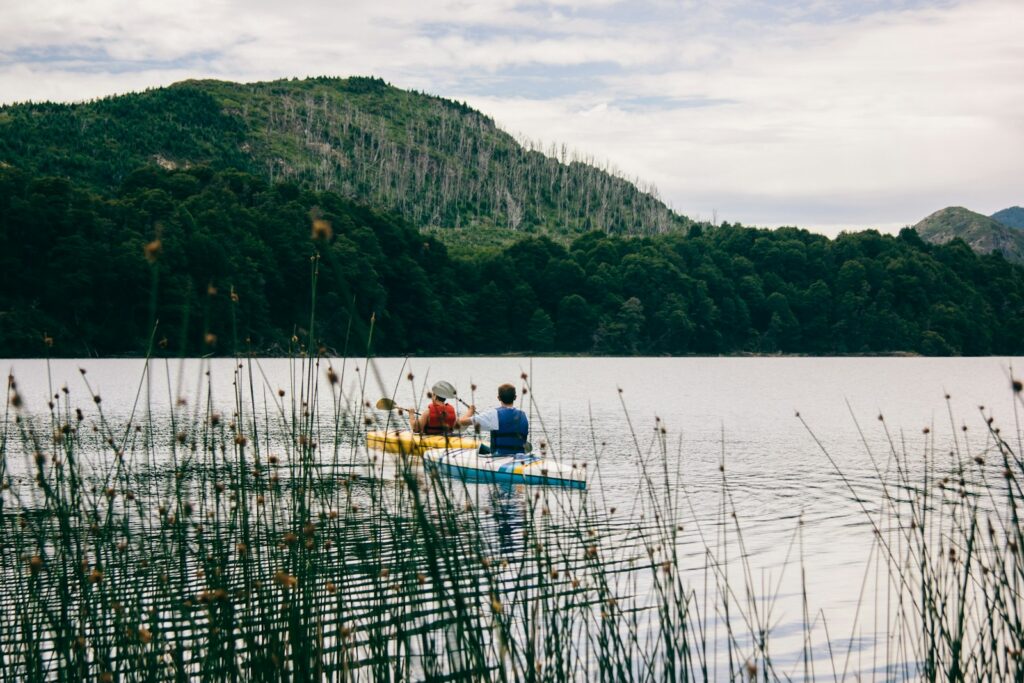
Maintaining organization throughout multi-day journeys requires systematic approaches to daily repacking that preserve your carefully planned systems. Establish a consistent morning routine for breaking camp and repacking your kayak, working through a mental checklist to ensure all items return to their designated locations. When repacking, take the opportunity to redistribute consumables as their volume decreases, potentially moving heavy items closer to center as space becomes available.
Resist the temptation to become less organized as the trip progresses, as fatigue and changing weather conditions make efficiency increasingly important. Consider keeping a small notepad to document refinements to your packing system as you identify them during your journey, creating valuable reference information for future trips. Before each launch, perform a quick stability check by rocking your loaded kayak gently from side to side to confirm proper balance has been maintained during repacking.
Environmental Considerations
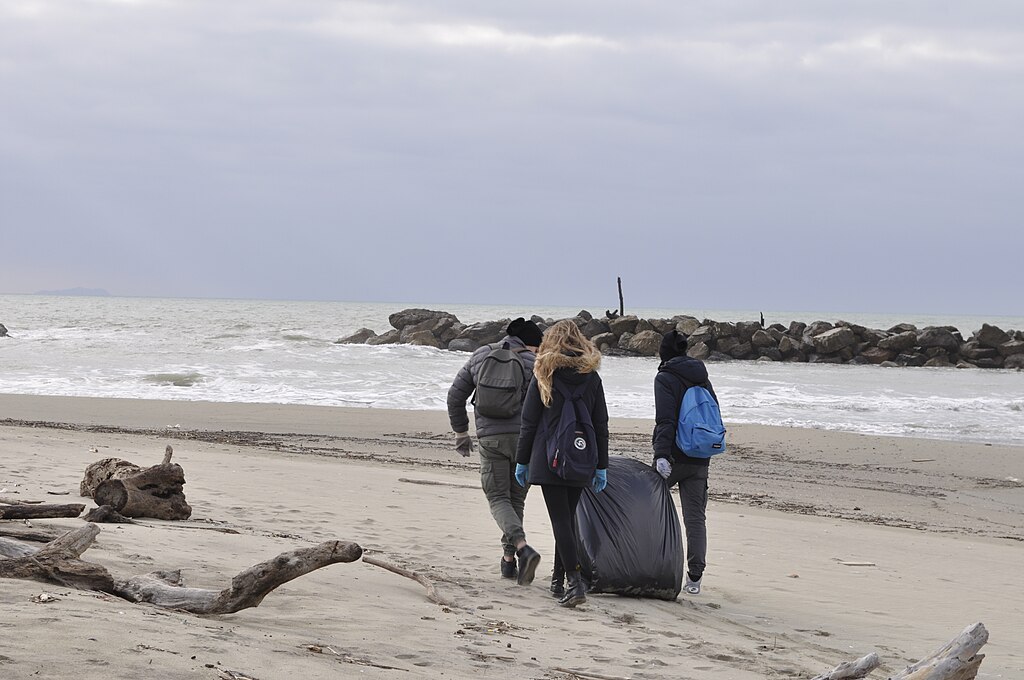
Responsible kayak anglers incorporate Leave No Trace principles into their packing strategies to minimize environmental impact while enjoying remote waterways. Plan to pack out all waste, including fishing line, lure packaging, and food scraps, by including dedicated dry bags for trash collection that seal odors and prevent leakage. Choose environmentally friendly versions of necessary products like biodegradable soap, reef-safe sunscreen, and lead-free fishing weights when available.
Consider the specific regulations and environmental sensitivities of your destination when planning equipment, particularly regarding waste disposal, fishing practices, and campsite selection. Include compact tools for minimizing impact, such as a small trowel for catholes where permitted, recycled fire pan if fires are allowed, or lightweight strainers for removing food particles from dishwater before dispersal. Remember that proper packing not only protects your gear but also demonstrates respect for the natural resources that make kayak fishing adventures possible.
Conclusion

Mastering the art of packing for multi-day kayak fishing trips combines technical knowledge with experience-driven refinement. By systematically addressing capacity limitations, waterproofing needs, weight distribution, and accessibility concerns, you transform your kayak into a self-contained adventure platform capable of reaching waters few anglers ever experience.
The process becomes more intuitive with each journey as you identify what equipment truly enhances your experience and what can be left behind. While properly packing your kayak requires thoughtful planning and discipline, the reward is unmatched freedom to explore productive fishing grounds while enjoying the simplicity and self-sufficiency of life on the water.
Remember that your packing system should evolve with changing conditions, destinations, and personal preferences—there is no perfect universal solution, only the approach that works best for your specific circumstances and fishing goals.


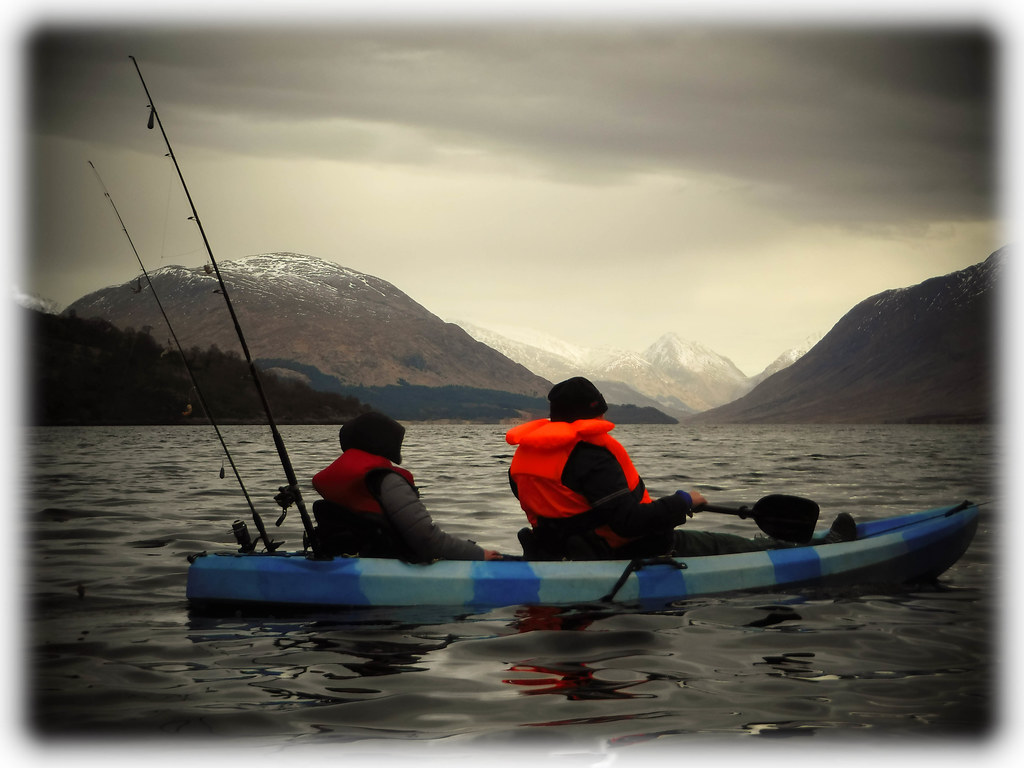

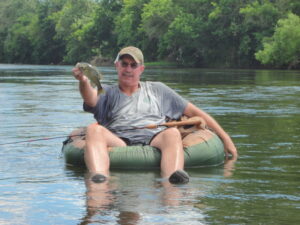
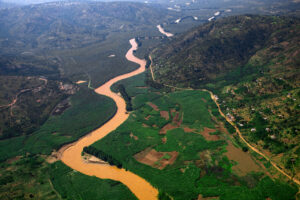








Post Comment